Flexible Seating Rules Make It Possible
Do I “do” flexible seating or don’t I? I do, and I love it. Although I didn’t find it easy to establish with every class I’ve had, I think it’s worth it. It’s absolutely possible when you outline flexible seating rules and expectations from day one.
Seating Choices
The flexible seating options in my class:
- Ball chairs (large and small)
- Kneeling Tables
- A Standing Table
- Counter Space
- Rolling Chairs
- Scoop Chairs
- Wobble Stools
- Rocking Chairs
- Benches
- Cushions
- Rug Space
- Lap Desks
My Flexible Seating Rules
My rules are quite simple. If students aren’t doing what you’re supposed to be doing (whatever the task may be) then they get one reminder. After that reminder, if that student hasn’t adjusted their behaviour, they are asked to move to a spot of the adult’s choosing. When I give a student a reminder, that can do one of two things to avoid having an adult choose a spot for them. Their first option is to adjust their behaviour and ensure they are on task. Their second option is to move to a spot that is better suited for them at that particular time. I always encourage students to evaluate their spot choices. I want them to be proactive and make a new choice, if needed, instead of having an adult need to intervene.
I modelled my classroom flexible seating rules after the flexible seating rules that Heidi has created on her blog.

Why I Don’t Assign Spots
My students are not assigned spots or work places. I teach them to evaluate which spots are best for them and how to share different chairs/spots effectively. At the beginning of the year when I launch flexible seating, I encourage students to try lots of different spots. If students are arguing over particular spots (this sometimes happens with our rolling chairs) then both students are asked to pick a new spot. This is a consequence that they are aware of if they cannot solve conflicts peacefully and independently.
I strongly believe that rotating students through choosing different spots weekly, biweekly, etc, takes away some of the beauty of flexible seating. It’s incredibly valuable for students to learn where they work best and who they work best with. It’s also important that they have the chance to change spots throughout the day, if needed. For example, a student who gets overwhelmed by noise and when working with many students might benefit from the option to work in a quieter spot. Similarly, a student who is restless after sitting for a longer lesson might prefer to stand at a standing table to complete their work.

Flexible Seating Sends a Powerful Message
I love the message that flexible seating sends to students. It says: “I value you. I want you to be comfortable in our classroom. I want you to make choices and figure out how best you learn. You are welcome here.”
Organization
Some organization ideas to allow for flexible seating:
First, have communal supplies whether you pool supplies at the beginning of the year or your school supplies some general supplies. This helps to ensure that tools are at students’ finger tips no matter what spot they are working at.
Second, store those pooled supplies in caddies on each table for easy access to things like: pencils, erasers, scissors, glue, and pencil crayons. Having a few extra caddies handy is helpful for students that choose to work on the floor.
Third, have communal or group storage areas for workbooks, textbooks, or any resources that each student needs easy access to.
Fourth, an alternative to #3 is to have each student have a personal storage area like a cubby or book box for storing extra materials like rulers, markers, calculators, etc. Students can also keep their workbooks and textbooks in this personal storage instead of using communal or group storage.
Fifth, clipboards help to make floor spots, nooks, and crannies into good working spots. Writing on a clipboard helps paper stay organized and allows students to have a small “desk” anywhere they are.
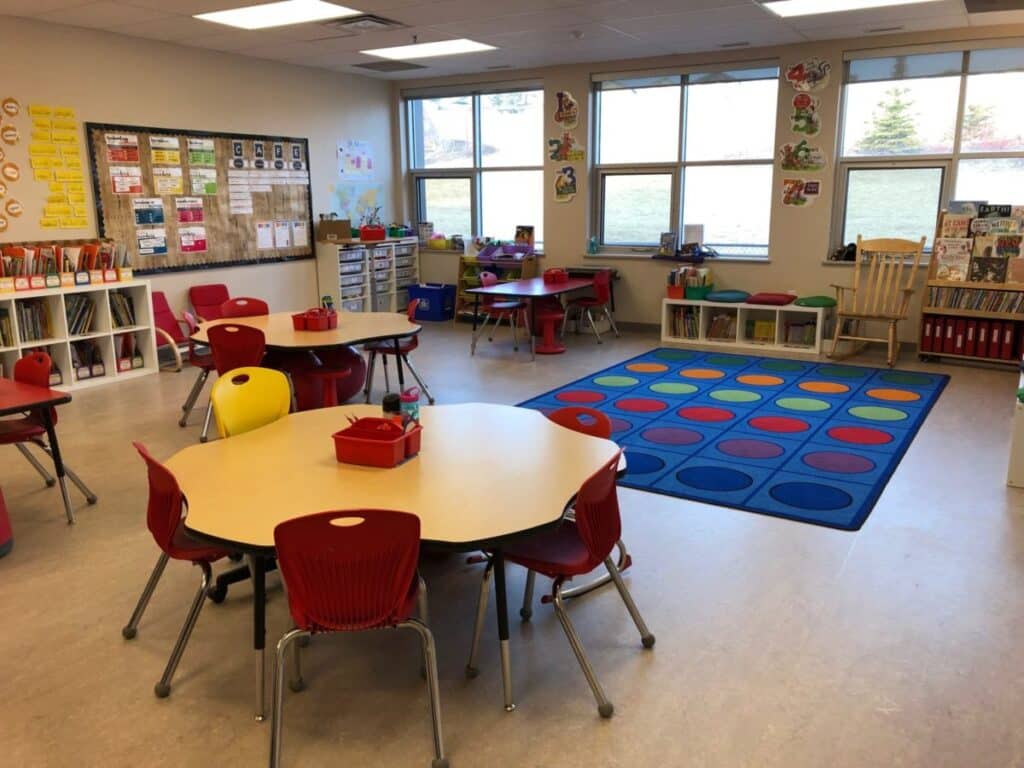
It Doesn’t Always Go Smoothly
This year, my class struggled with flexible seating our first time around. I started it off by reviewing the rules on our first day in September. We modelled how to use each chair, how to choose a good spot, what “working hard” looks and sounds like, etc. When students weren’t working hard I followed my “1 reminder, then you move”, rule. I had quite a few students who really struggled with flexible seating. They seemed to take it for granted that I was allowing them to choose where they wanted to work.
After those 5 weeks, I hit my limit as I couldn’t bare to go through another day of discussing good spot choices so I assigned students table spots as well as carpet spots. I felt I had given flexible seating enough time to improve because I kept thinking with a bit more practice, they would get it. I had a student teacher coming and I didn’t want her to hate flexible seating and have that be her first experience with it.
After two months of assigned spots (until my student teacher was almost finished her practicum), we tried it again. I let them know that there would be no more going back and forth. We either nailed it this time or we would forget about it for this year.
Today
Today, flexible seating it going great! Some days, a few kids need reminders for good spot choices but some days we go the entire day without one reminder about spots. The students are comfortable, happy, focused, and making great choices for their own learning.
Although it wasn’t an easy implementation this year, I’m so glad I gave it another go because in the end, the students in my class learned a valuable lesson. They learned how they work best, where they work best, and with whom they work best. They’ve also learned how this can change depending on the activity and the time of the day. I’m so proud of the growth that they have made.






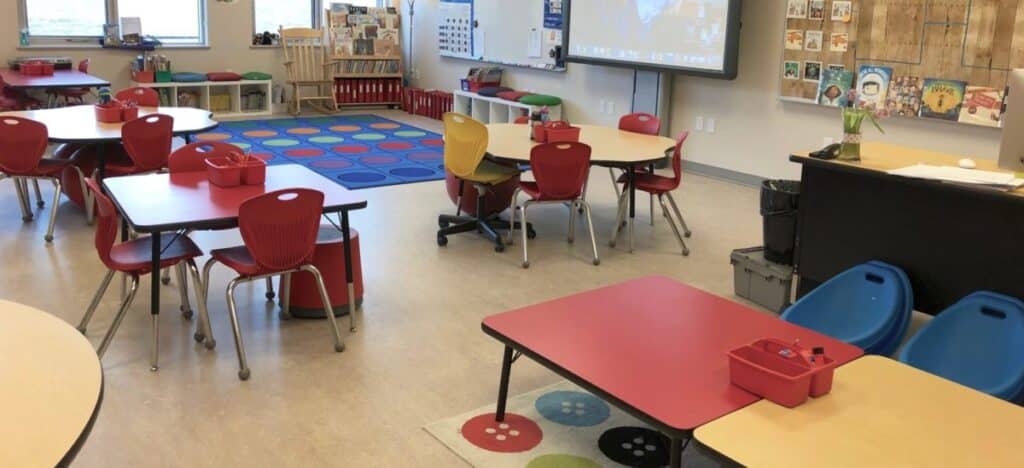

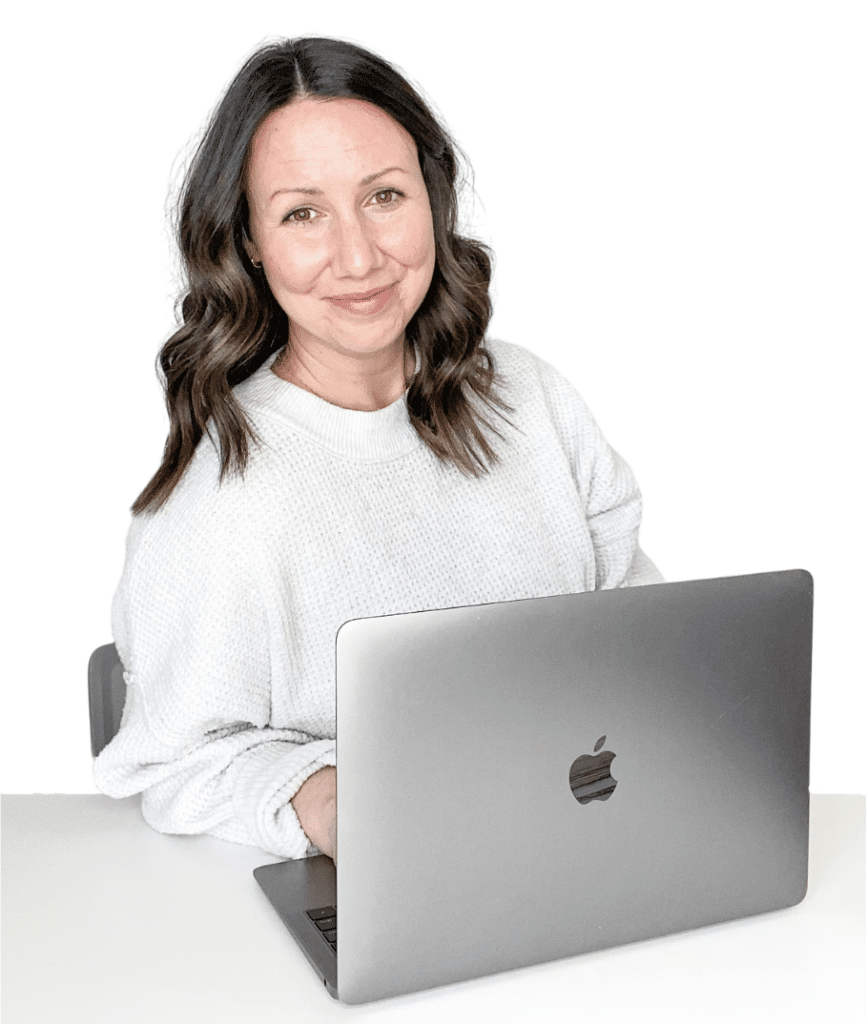
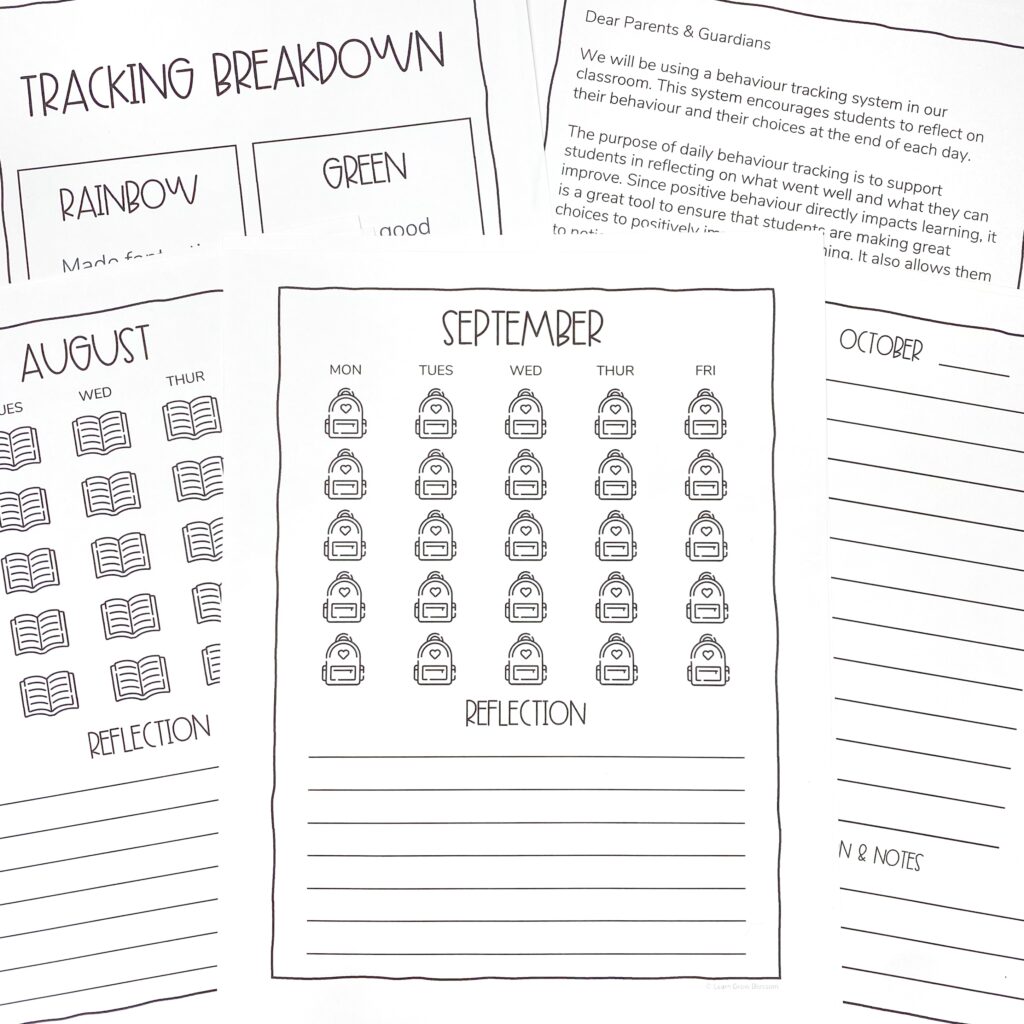
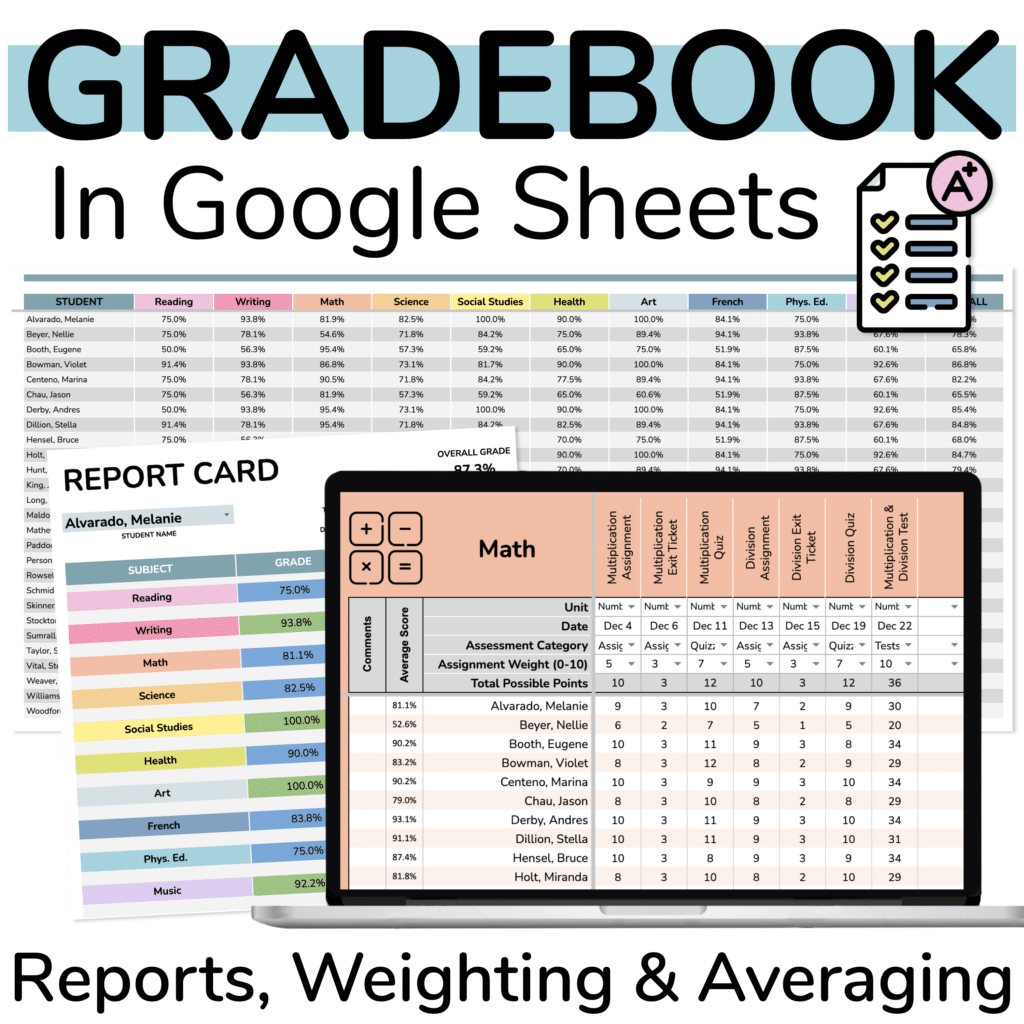
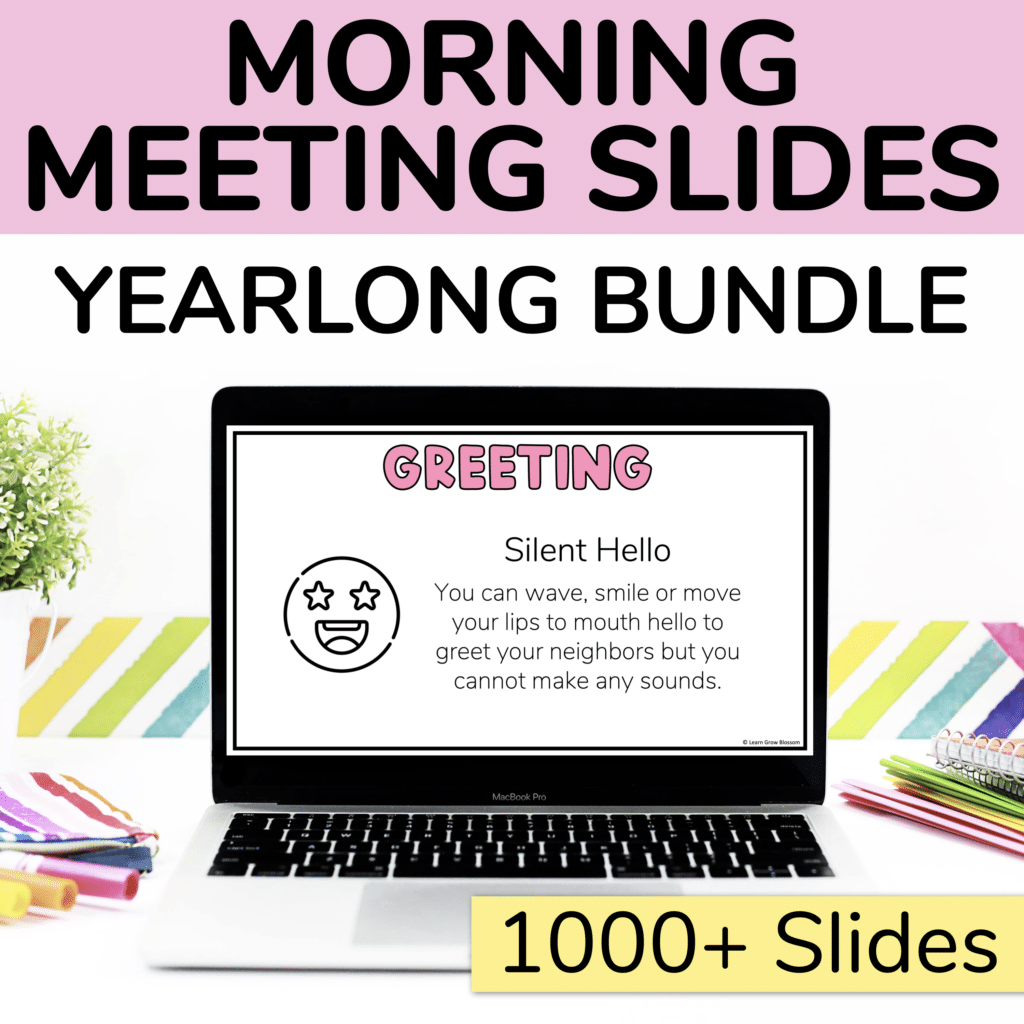
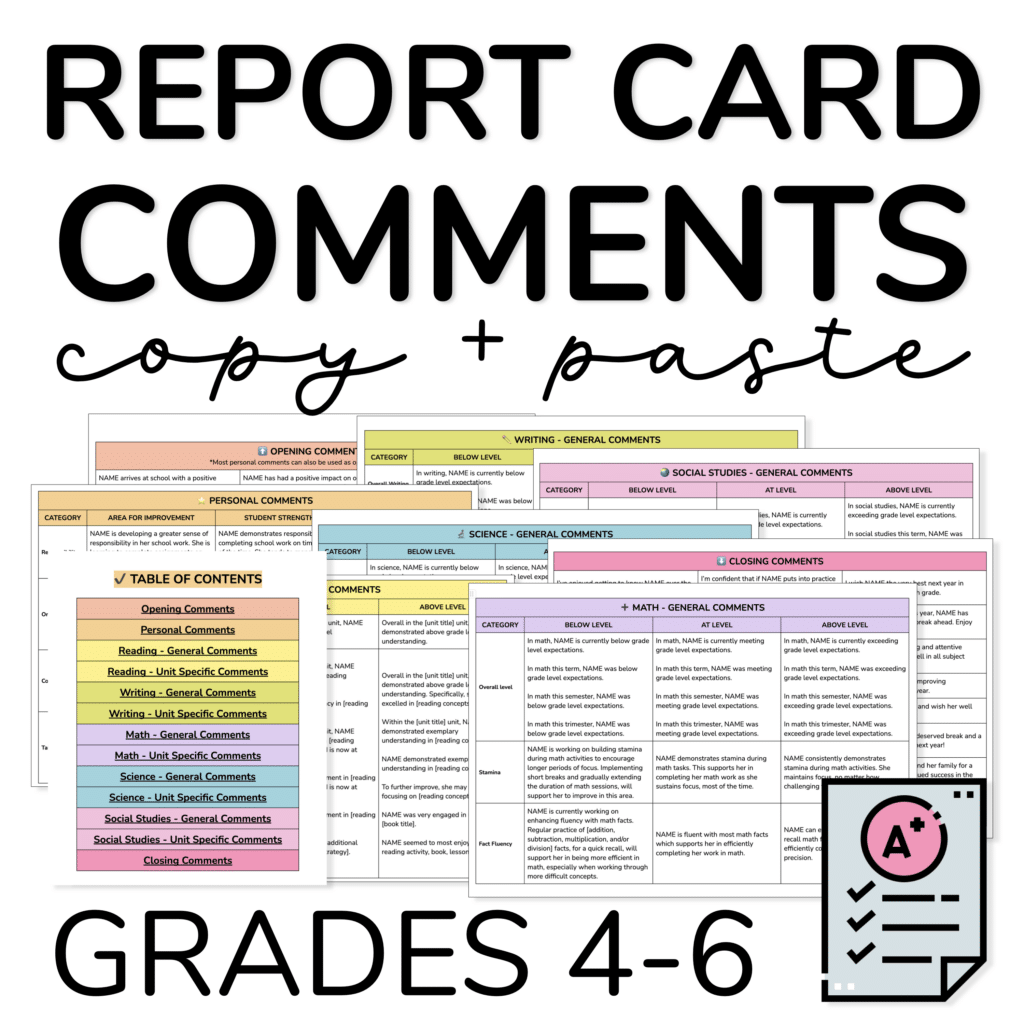


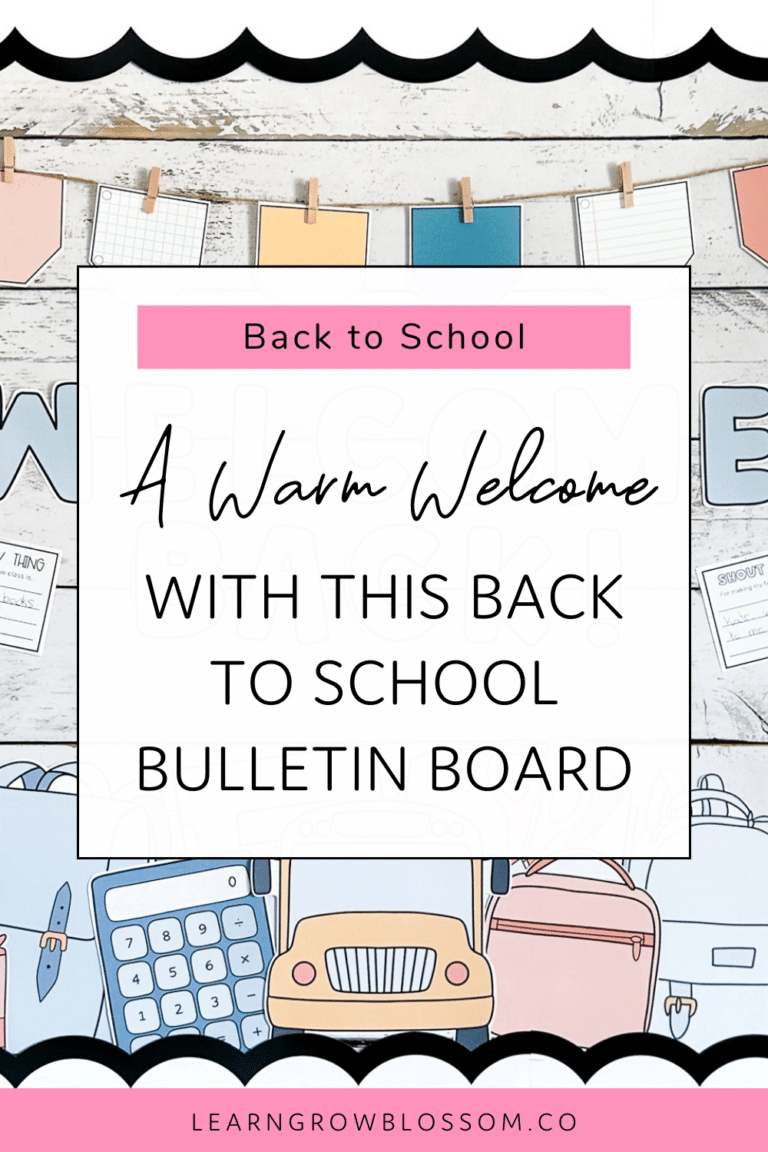
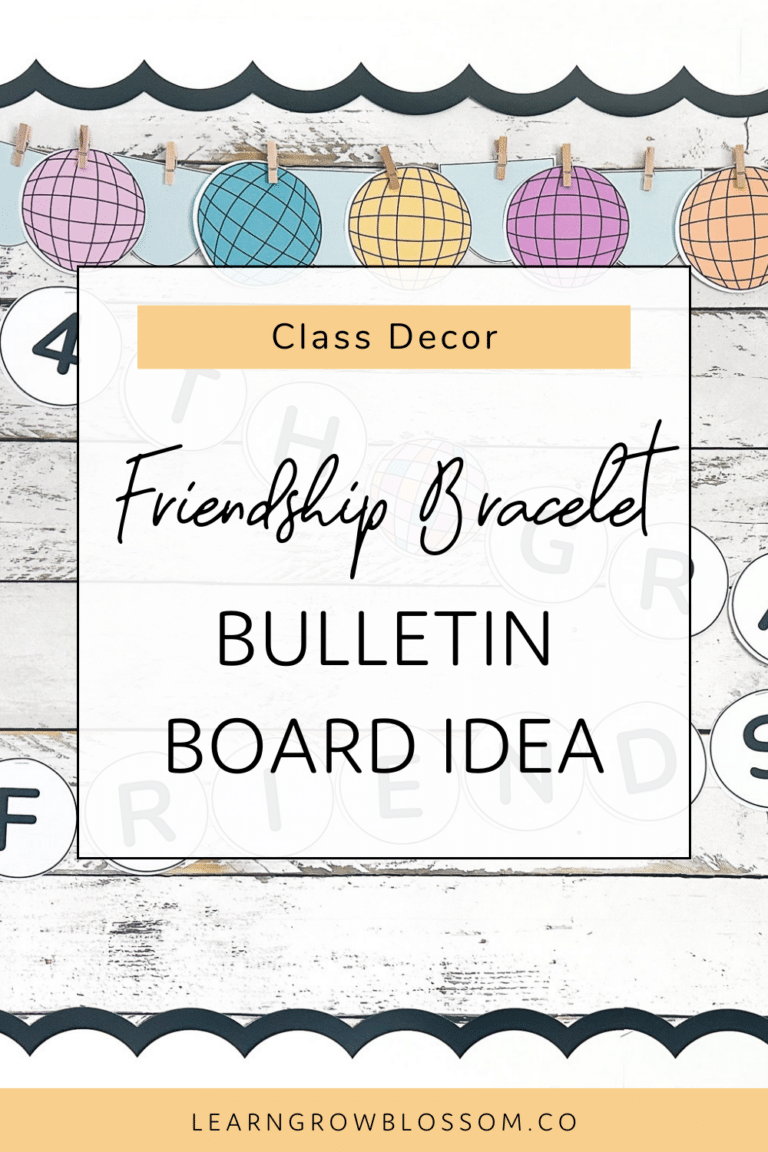

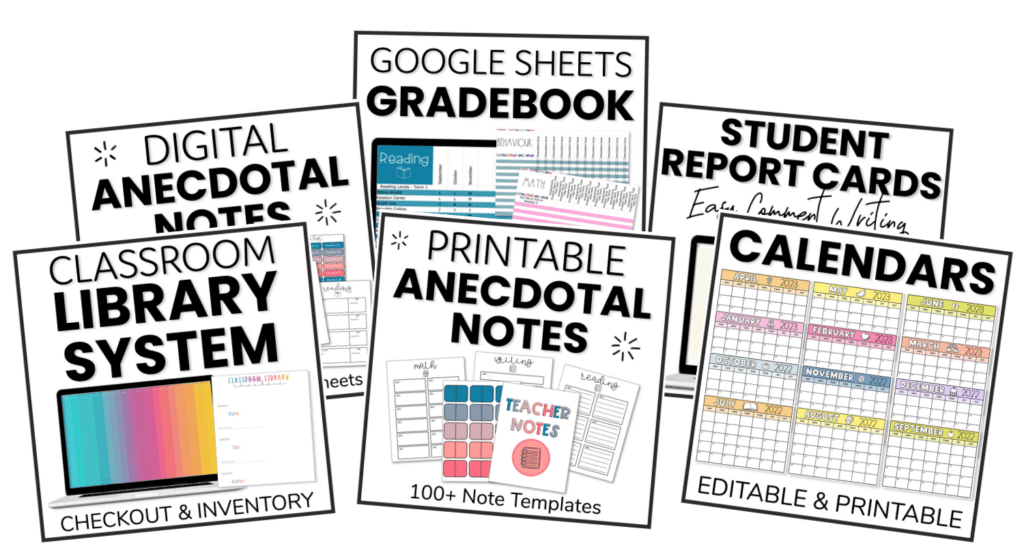
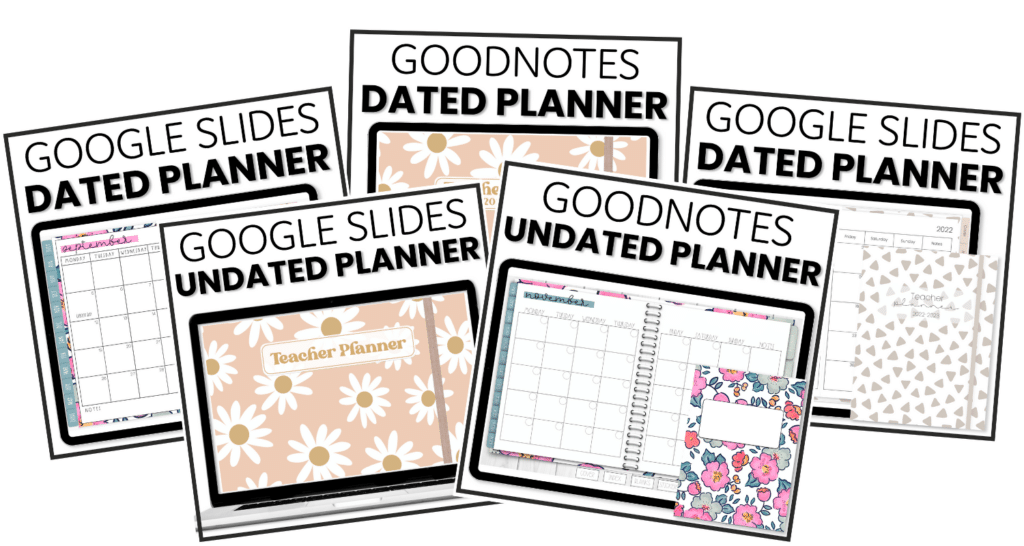
One Response
WOW! Things have changed so much since my time in school! Love this flexible seating idea because it gets the young students ready for a fast pace flexible world!!! Knowing to be flexible is becoming a super important skill in today’s world!